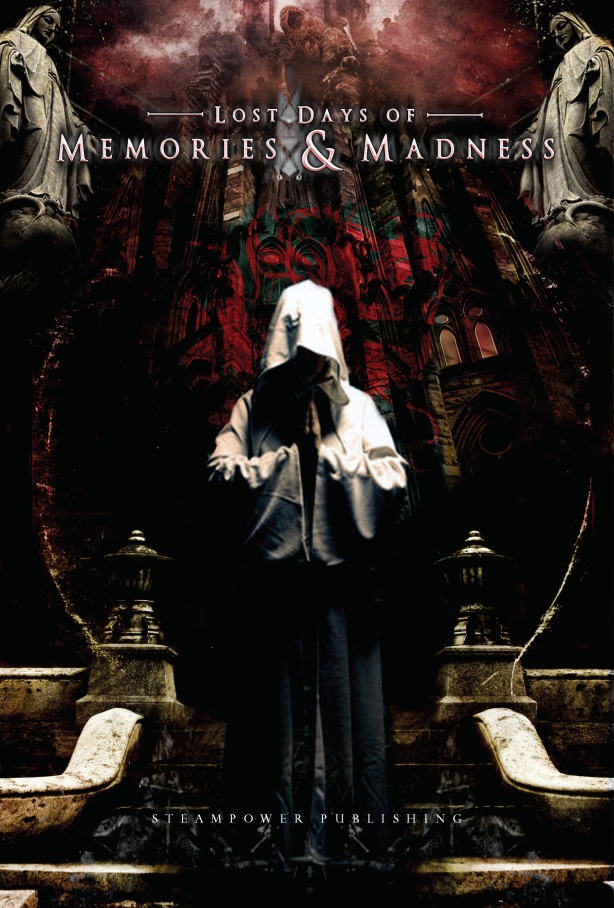Well spring is firmly in the air and as the weather gets nicer, thoughts are turning to spending more time indoors playing games. I have a hard time just picking up and running a game as written – I much prefer to get under the bonnet and tinker with either the setting or the mechanics. So, these are the top 6 games I want to play, and the hacks I want to play with them.
Not so much a hack as a playset to vaguely recreate the stories of Philip K Dick, with all manner of weird and wonderful results on the situation tables and a tilt table to pull the curtain back for the second act. Why Fiasco? I dunno, there’s something about the way the situation generator that I think will produce great, weird, Dickesque stories.
2. Hot War: Ultraviolet/True Blood
I think Hot War might be the game I own with the most hackability. Its setup lends itself perfectly for tight-knit, character-driven conflicts and monsters. So what better way to represent one of my favourite settings, Ultraviolet, a show all about agents with mixed agendas hunting vampires, perhaps mashed liberally in with True Blood.
3. Empires of Alexander
Anyone who knows me will know I’m a big ancient history buff, especially when it comes to Alexander the Great. I reckon there’d be a lot of fun to be had playing Alexander’s various generals leading their own armies east alongside the Macedonian King, and for me there’s no better game when it comes to military campaigns – Duty & Honour/Beat to Quarters, collectively known as the Empire system. All it’d take would be a reskinning of skills and character creation bits and bobs and you’re ready to ride to the ends of the world!
4. Remember Tomorrow: Revelation Space
I’ve never got into cyberpunk beyond Ghost in the Shell, but love me some hard scifi, especially Alastair Reynolds and his oeuvre. I think the multi-protagonist, split narrative of his books would map brilliantly to Remember Tomorrow’s varied stories told from multiple perspectives. I’ve got a few tweaks to the situation tables to embed the setting in the game more, but RT does the job admirably out of the book.
5. Smallville: the Walking Dead
I’ve got a real yearning to run Smallville but no great desire to play in the published setting. Instead I want to use it to run a game reminiscent of the Walking Dead, as the relationship-focused nature of the game will capture the complicated character situations of the show. In actual fact I’m going to make the setting Unhallowed, but it’s similar enough, just swap zombies for demons.
6. Lost Days of Memories & Madness: Game of Thrones
This hack will almost certainly be the subject of a future post, but with the fantasy epic about go return for a second series I’ve got a hankering to run a high-stakes political game of intrigue, and would use my own Memories & Madness to pull it off. Instead of memories, you’d have subjects or power bases, and coins would become influence or power. Easy. I’ll dig into that one a bit more another time.
How about you? What are you jonesing to a) play and b) hack?


